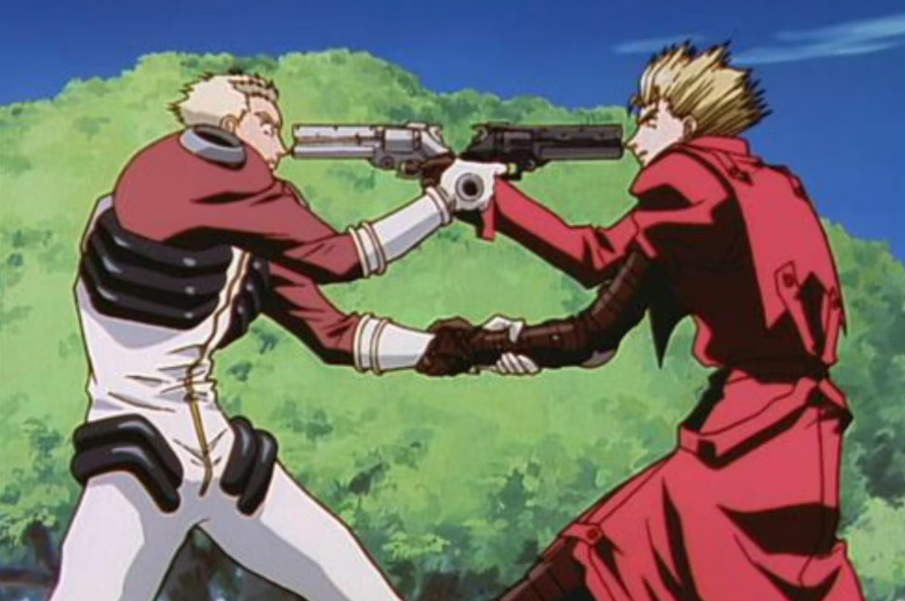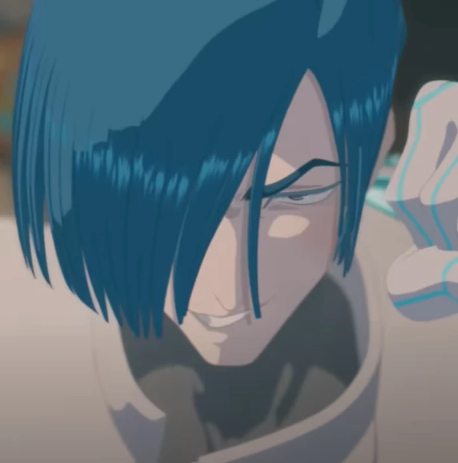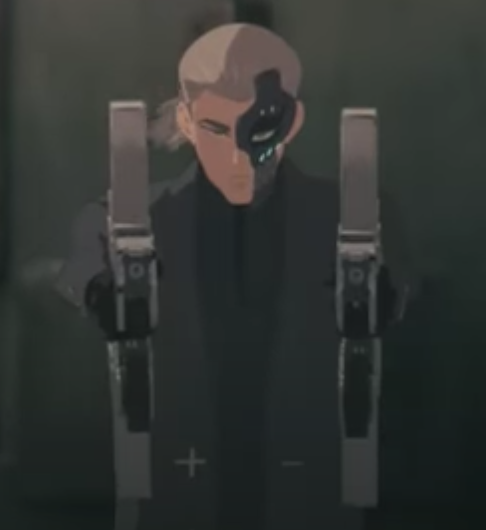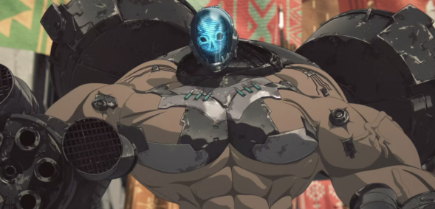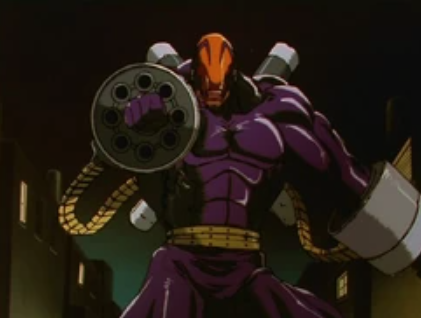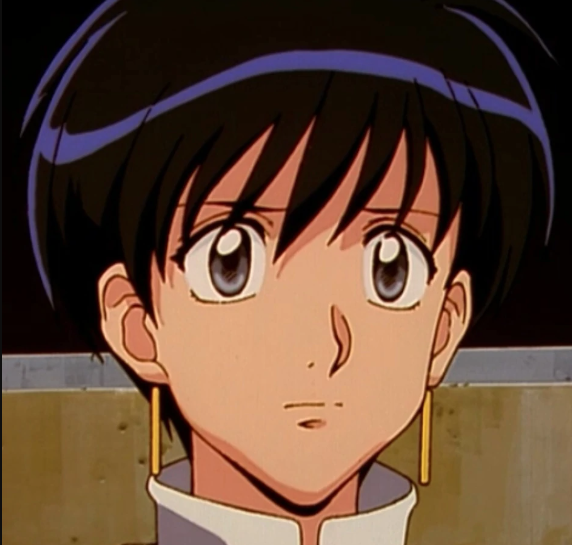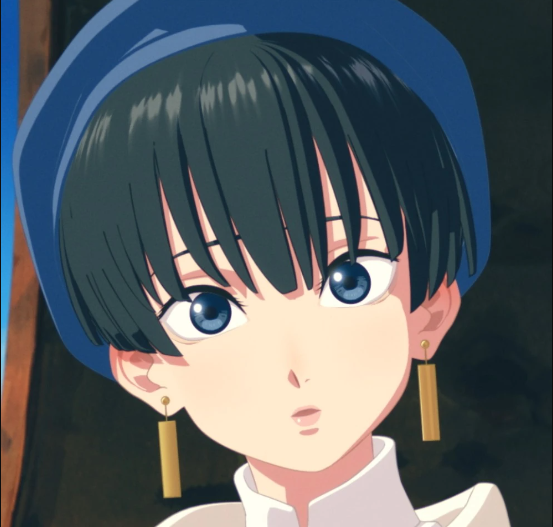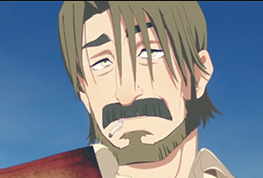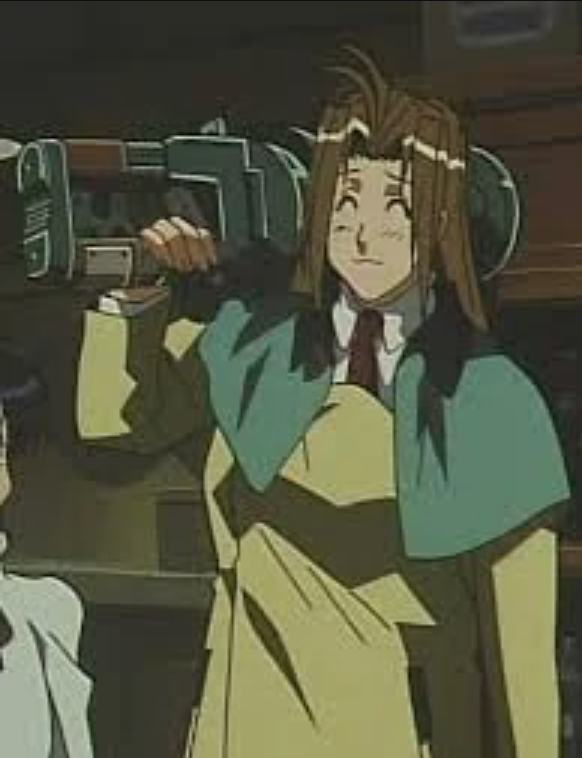Trigun Stampede vs. Trigun: Which is the Superior Series?
Josh B
Trigun - made by Alexander Iaccarino,
Trigun holds a special place in my heart as one of my all-time favorite anime series. I first watched Trigun when I was a freshman in college, and the memorable characters, unique world and engaging, overarching story, served as an oasis in an otherwise cramped, uncomfortable and unpleasant transitory period in my life. The world around me was changing, and Trigun became my anchor. Trigun is the only anime I own that I can reliably say I have watched at least three times. I also own a gigantic, beautiful poster of Trigun made by artist Alexander Iaccarino, a poster that was only printed at that size a very limited number of times and no longer exists for public purchase. Now, why am I telling you all of this? Simple – because I want you to understand how much Trigun means to me, and therefore, let you imagine just how excited I was when not too long ago, a new anime project, Trigun Stampede, was announced. At the time of this writing, the series has aired in Japanese, and I believe I’ve given enough time for me to properly form an opinion on the new series. More specifically, I’d like to take this opportunity to compare and contrast Trigun Stampede against the ‘98 original, to see what works, what doesn’t, and ultimately, which I believe is better.
For the uninitiated, Trigun follows the story of Vash the Stampede, a mysterious, yet goofy man traveling the planet of Gunsmoke, trying to evade people who are looking to capture him, dead or alive, and collect the massive sixty billion “double dollar” (Trigun’s currency) bounty on his head. Two women, Meryl Stryfe and Milly Thompson, members of the Bernardelli Insurance Society, are tracking Vash in order to assess how damaging the man truly is and how it will affect their company’s bottom line. Vash and the insurance girls also meet a traveling priest by the name of Nicholas D. Wolfwood, a man with little of the same scruples as Vash, despite being a man of the cloth, and one with a mysterious past. Vash goes from town to town on Gunsmoke, solving problems as a pacifist, to the point where you find it hard to believe he could possibly be the man described by the wanted posters, until a great tragedy occurs, and the true nature of Vash’s origin and past are revealed. From here on out there will be spoilers, so if this sounds like a series you’d like to see, I highly recommend watching it and then returning to this article. If you’ve already seen the show, or simply don’t care about spoilers, read on.
Planet Gunsmoke
As it happens, Vash is not originally from Gunsmoke. Vash, in fact, is not even human, and is an artificial life form created by humans who fled the dying Earth to colonize a new world that they could call home. Vash’s brother, Knives, grew sick and hateful toward humans for how they viewed his kind as lesser. And so, Knives sabotaged the spacecrafts and sent them crashing to Gunsmoke’s surface, killing most of the humans while sparing their fellow artificial, plant-based brethren.
That is how life began on Gunsmoke.
Knives and Vash clashed in both ideals and battled for decades, leading to the event that put the bounty on Vash’s head – the complete obliteration of the city of July, by Vash’s own hands thanks to a biological weapon in his arm activated by Knives. This huge twist completely recontextualizes Vash’s staunch belief in pacifism, and why it takes him until episode 5 of the 26-episode series to even fire his own gun even once. Vash is set upon by Knives’ elite kill squad, known as the Gung-Ho Guns, and must defeat them and Knives once and for all if peace is ever to come to Gunsmoke. Trigun is one of the best anime I’ve ever seen due to its pacing – it tells its story deliberately, and knowingly. There is not a single moment in the original series that feels like filler, or feels rushed. It takes all the time it needs to tell this excellent tale.
Knives vs Vash
In contrast to just about all of that, Trigun Stampede actually begins showing Vash and Knives (Here referred to as “Nai”) out in space, with a very abridged version of how they came to be on the planet known as Noman’s Land. Even after a time skip, both Vash and Knives look much younger than their 1996 counterparts, and the bounty on Vash is only six million dollars. Vash, Knives and Meryl have all received redesigns as well.
Knives Millions
What he did to earn that bounty is not properly explained. Vash is pursued by two reporters, rookie Meryl Stryfe and her senior, a man named Roberto De Niro. Soon after encountering the two, Vash is set upon by the Hard Punch Nebraskas. After resolving that conflict, Vash and company are attacked by E.G. the Mine of the Gung-Ho Guns and Knives himself, who causes such destruction and death that Vash resolves to go after Knives and actively hunt him down to stop him. Vash, Meryl and Roberto just recently came upon Nicholas D. Wolfwood, who after helping the crew out of a jam had his true nature as a Gung-Ho Gun revealed to the audience.
If that sounded like a lot to take in, it’s because it is. One of Trigun Stampede’s biggest issues is its breakneck pacing. After only four episodes, we already know almost all there is to know about Vash and Wolfwood, two of our main characters, and we’ve already seen the endgame, Knives, right in front of us. In the original Trigun, Knives’ existence was teased, only revealing him in episode seventeen as a child, and seeing him on-screen in the final, twenty-sixth episode.
Knives’ presence was always felt, thanks to the Gung-Ho Guns, specifically Knives’ right-hand man, Legato Bluesommers (Left - Blue Hair), whose chilling presence commanded fear from the instant he steps on-screen in episode twelve. Legato commits numerous acts of deplorable violence, all in service of Knives and his ambitions. As an audience, we build up Knives in our mind. “If Legato would exterminate a whole town, who knows what Knives will do?” These are the sorts of questions I asked myself as I watched for the first time, and no doubt the thoughts viewers across the world thought. However, in Stampede, Legato is revealed in episode six as a typical, violence loving narcissist, as opposed to his detached, and thus more terrifying persona in the original.
Speaking of villains, one of the few bright spots in Trigun Stampede comes with its extended cast, putting in characters from the original manga that for one reason or another, never made it into the original anime series. Livio the Double-Fang (pic above Facemask), an assassin with childhood ties to Wolfwood, is brought to the screen here, along with a more manga accurate representation of Zazie the Beast. In the first anime series, Zazie was a dwarf assassin posing as a child to lure in Vash. In Stampede, Zazie is an amalgamation of flying insects called “Worms” and is a far more inhuman presence. Monev the Gale (pic below) was changed from a simple, bloodthirsty bounty hunter to a boy Vash cared for long ago, to a mutated killing machine taken in by Knives. While not all of these additions and changes are preferable in my opinion, they at least make the series feel more novel, rather than a simple retread.
However, where Trigun Stampede really falters, in my opinion, is in its characterization of Knives, the series’ main villain. In the original series, Knives was a sociopath that was treated poorly by humans early in life. Vash loved humans, and so, Knives made it his personal mission to not only make humans suffer, but to make Vash suffer as much as possible. This personal, vengeful, and petty motivation is easily understood by the audience, and only feels grander due to the fantastical powers and longer lifespans afforded to Vash and Knives. In Stampede, Knives’ villainy blooms due to the discovery of another plant being abused by the humans, and so he comes to believe that humanity is evil and must be destroyed. The Plants, in this case, are living entities; being used as power sources to keep humanity alive.
Knives’ motivation in Stampede essentially boils down to the same cliched, tired conflict of “Humans are destroying the environment, so they all must die”. A conflict that was perfectly executed by Hayao Miyazaki’s masterpiece Princess Mononoke back in ‘97 and has come off as trite and disingenuous every time someone has attempted to use this plot since. It makes Knives as a villain far less interesting, since his hate does not center around Vash. In my opinion, it ends up feeling like our main character isn’t at the center of the conflict at all.
Trigun Stampede eliminates any mystery the original series had in favor of loud, bombastic and admittedly, gorgeous action scenes. The entire anime is rendered in CG, allowing for ease of fluid movement which is far more difficult to achieve in the typical 2D format anime it’s presented in. However, while the action looks better in Stampede, there are some set pieces the original simply could not have accomplished, and a lot of it rings hollow because there’s simply no downtime. One of the benefits of Trigun’s longer episode count is that the audience grew to know and understand the characters we travelled with and by the final episode, these characters became familiar with the audience. Meanwhile Trigun Stampede is less concerned about character development and more concerned with getting to the next spectacular action scene. It’s really quite disappointing because it drains a lot of the charm the original series had.
Speaking of draining charm, I should probably address the two reporter-sized elephants in the room too.
In Trigun Stampede, Meryl Stryfe (pic left) is now a rookie reporter for a newspaper, rather than an insurance agent. Automatically, this makes her dynamic with Vash far less interesting. Instead of having a vested interest in keeping damage to a minimum, Meryl instead simply follows Vash to “get her scoop” so that she can be noticed and taken seriously as a real reporter. Meryl’s original no-nonsense, hard as nails personality is replaced by a rather airheaded, if earnest, generic anime girl. In the original Trigun, Meryl Stryfe was always someone who got irritated with Vash’s antics rather than be enthralled by them and had a history as a gunfighter called Derringer Meryl. As such, if danger ever arrived, Meryl Stryfe would jump right into action. Meryl Stryfe in Trigun Stampede is a girl obsessed with getting what she wants, prone to flattery and a non-combatant. This changes the dynamic of Stampede making her character questionable, with me asking why they brought her back to begin with and why they eliminated her partner, Milly Thompson...
Yes, Milly Thompson is entirely absent from Trigun Stampede, and instead is replaced with Roberto DeNiro. Milly Thompson was a tall, bubbly, airheaded woman who was fiercely loyal to her friend and co-worker Meryl, and often served as Trigun’s source of comedy, along with Vash himself. Her affable, easygoing personality, blended perfectly with Meryl’s prickly side, and made them a great duo. With her missing, the show’s whole dynamic feels off. Milly Thompson was one of my favorite characters in Trigun, so you’d have to work pretty hard to justify replacing her. Unfortunately, Trigun Stampede does not do this. Instead, we get Roberto De Niro. Besides being an unabashed reference to acclaimed American actor Robert DeNiro, Roberto is a drunk whose chief role in the story thus far is to spout off exposition, give a flimsy tie to Meryl’s new role as reporter and not much else. Roberto is an uninteresting, one-dimensional character who lacks any compelling reason to replace Milly Thompson, except for a weak connection to Meryl's use of Derringer pistols in the future as a reference to the original series. Although Milly Thompson is mentioned in the season finale of Stampede, she is never shown, which feels even more disrespectful than completely excluding her.
Overall, it’s clear to me that Trigun Stampede is not interested in telling the same story as its predecessor. It seems more likely that Studio Orange is simply taking the Trigun property and modernizing it for today’s audiences with updated looks for all the characters, followed by flashy, clipable action sequences. Trigun is back, but for me, it’s missing its heart.
When you compare Trigun and Trigun Stampede, in my mind there’s simply no contest: watch Trigun, It’s the superior series.
Having said that, I will watch Trigun Stampede’s second season in the hopes that it regains some of the magic that the original did. However, if the rest of the revival series is like its first season, this may be one anime best left to be buried in the sand dunes of its desert planet.






